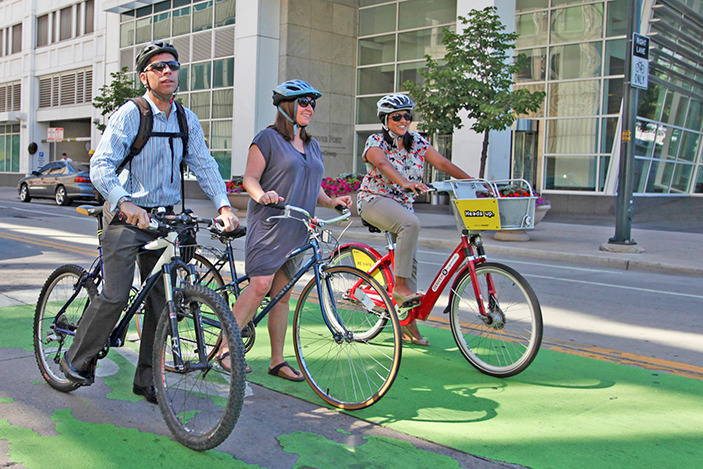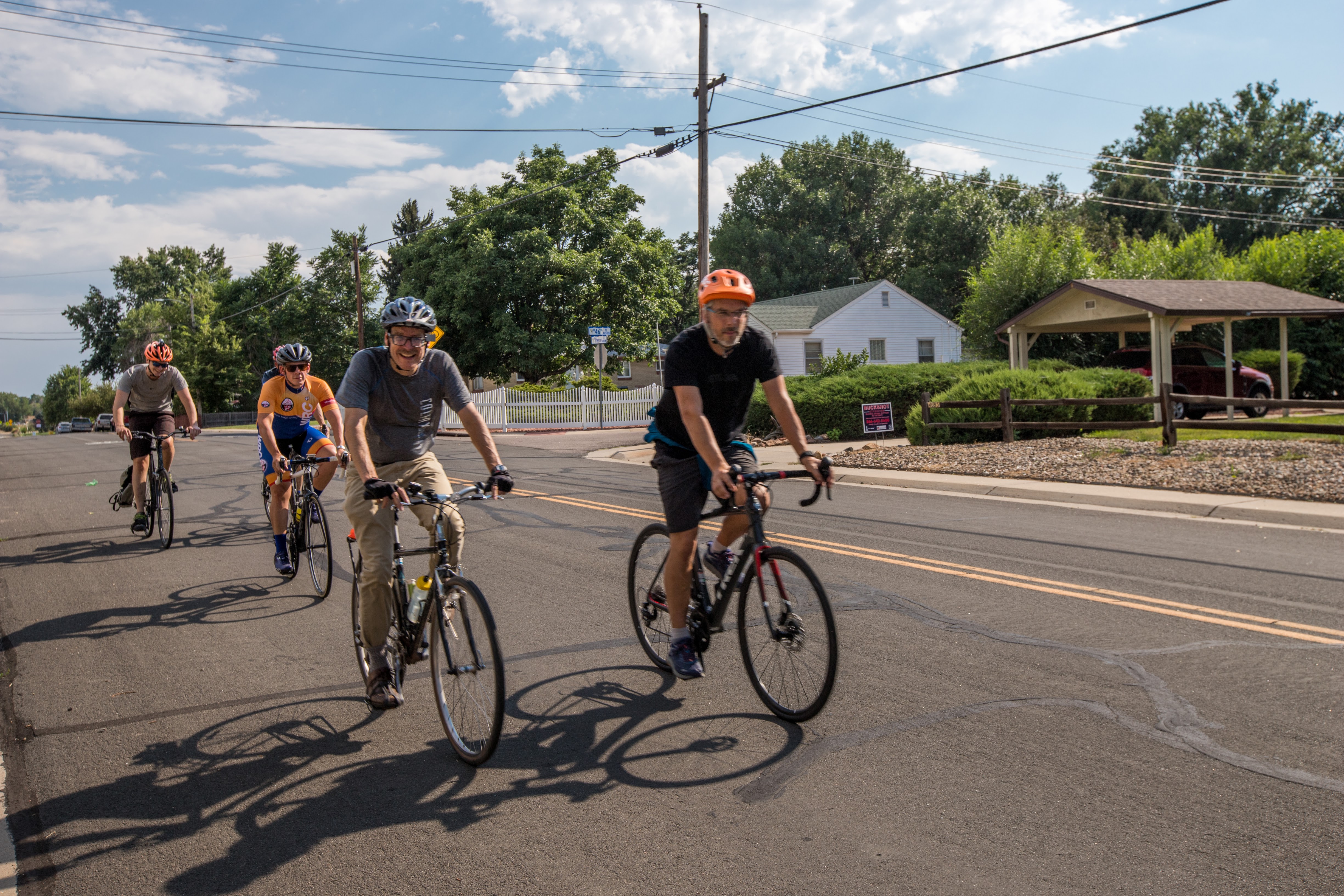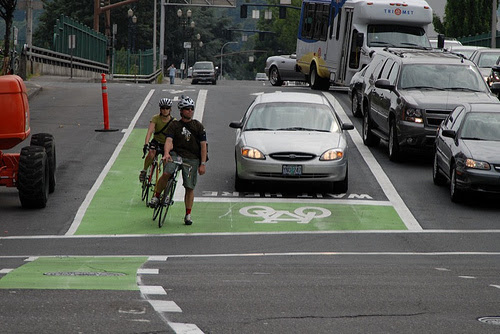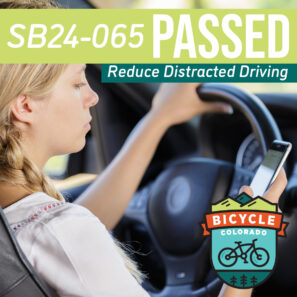Bicycle Colorado provides strong voice for Safety Stop
On Thursday, March 1, Bicycle Colorado’s Denver director, Piep van Heuven, went on Colorado Public Radio’s Colorado Matters program to discuss Senate Bill 144. The bill provides common language for communities to use should they choose to adopt the Safety Stop, which allows bicyclists to treat stop signs as yield signs and stop lights as stop signs.
Colorado Matters wanted to know more about the legislation and hear why we’re in support of it. The short answer? It just makes sense.
The Safety Stop is also known as the Idaho Stop, and that’s because similar legislation was adopted in Idaho in 1982—36 years ago. Since its adoption, studies have shown that there are between 30-60% fewer crashes involving bicycles in a city like Boise, Idaho’s capitol, than there are in comparable cities like Sacramento or Bakersfield, California, which don’t have Safety Stop legislation in place. In the first year after adopting the Safety Stop, alone, traffic crashes involving bicycles plummeted by 14.5% in Idaho.
“We’re overdue to take a look at whether our traffic regulations make sense from a safety perspective for both people who bike and people who drive,” said Piep. “We think it’s because there are more people bicycling … we have more people moving to Colorado, more people out on bikes for different reasons, and we know that communities across Colorado are really starting to look at how do we provide better, safer ways for people to get around.”
When Ryan Warner, the host of Colorado Matters, asked about the legislation creating a patchwork of communities across the state that have and have not adopted the legislation, Piep noted that that patchwork already exists—Aspen, Breckenridge, Dillon and Summit County each have their own version of the legislation in place already, each of which uses different language.
“The beauty is that communities can choose. We need to have this dialogue across Colorado: whether our traffic policies are really producing the benefits we want to see in our communities,” she said.



Warner also cited a Centennial resident who said, “As a driver, I want [bicyclists] to obey the same laws [drivers] do. I have anxiety because countless times a cyclist has rolled up beside me and got in my way while I was clearing an intersection to turn. Cyclists need to be ticketed for not obeying, and need to be safely a part of the road traffic. My car will win in a collision every single time, and if I can’t see you or you’re unpredictable as a cyclist, you’re putting your life at jeopardy.”
Studies show that being visible, as a bicyclist, is the safest thing you can do. According to a 2010 study published by Jason Meggs, “Bicyclists see and hear well, but are often not seen and rarely heard. Thus cyclists behave defensively, relying on their own senses and not those of others, choosing intersection traversals minimizing risk—as opposed to waiting in queue, relying on others’ perception for their safety.”
“What is the safest way for bikes and cars to navigate shared space?” asked Piep in response to the Centennial resident’s concern. “What a person in the car needs to consider is that it’s actually safer when the bike is out and away from traffic. If bikes roll out through the intersection before traffic arrives, they’re more visible, you can see them more clearly, there’s less conflict, fewer crashes, and then law enforcement officers can spend their time and resources on reckless endangerment, on major infractions, and not on things like a person on a bike rolling through a stop sign.”
Senate Bill 144 does not make the Safety Stop legal across the state, but only provides a common language for communities to adopt if they do choose that the Safety Stop is right for them. The bill passed on the senate floor by a bipartisan vote of 18-15 on February 21. Now it heads to the house of representatives, where it has been assigned to the Transportation and Energy committee, with no date set at the time of publication. It is sponsored in the senate by Andy Kerr, and in the house of representatives by Yeulin Willett.
You can listen to Piep’s full interview at the Colorado Public Radio website by clicking here.
Leave A COMMENT
Our twitter feed is unavailable right now.
The Latest News
view all- Feb 25, 2025
- by Bicycle Colorado
Attending Safe Streets Day 2025
- Advocacy Issues,
- Events,
- General
- No Comments








